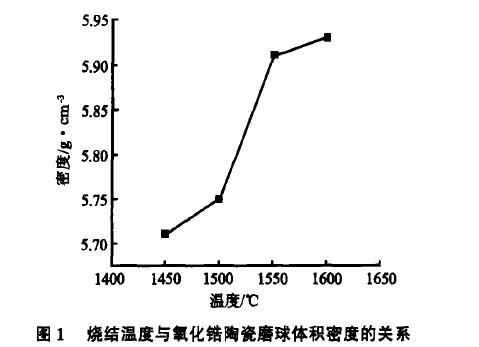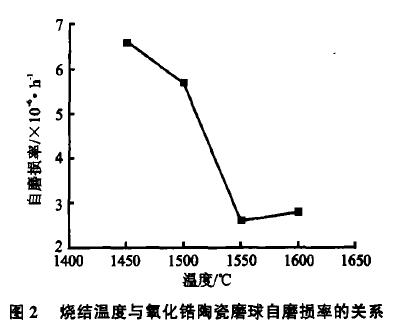Abstract
This study investigates the impact of sintering temperature on zirconia ceramic grinding balls' performance. Zirconia grinding balls were prepared using a rolling forming method and sintered at various temperatures. The volume density and wear resistance of the resulting ceramic balls were analyzed. The findings highlight the optimal sintering conditions, which significantly affect the properties of these ceramics.
IntroductionSintering is a crucial process in ceramics production, influencing their microstructure and properties. This study focuses on the relationship between sintering temperature and the performance of zirconia ceramic grinding balls formed through rolling.
Methods
1. Preparation and Testing of Zirconia Ceramic Grinding Balls
1.1 Preparation of Zirconia Ceramic Ball BlanksZirconia ceramic grinding ball blanks were created from submicron-grade 3% Y2O3-ZrO2 ceramic powder. The process involved placing zirconia ball cores in a rolling ball mill, followed by spraying a polyvinyl alcohol water solution and adding zirconia powder. After rolling, the balls were polished and dried, resulting in smooth, high-density blanks.
1.2 Sintering Process of Zirconia Ceramic Ball BlanksFour groups of ball blanks were sintered at different temperatures: 1450 ℃, 1500 ℃, 1550 ℃, and 1600 ℃, with a 2-hour holding time.
1.3 Testing Methods for Zirconia Ceramic Ball PerformanceVolume density was measured using Archimedes' principle, while self-wear rates were determined by grinding the balls in deionized water and calculating weight loss.
Results and Discussion
2.1 Influence of Sintering Temperature on Volume DensityThe volume density of the zirconia ceramic grinding balls increased with higher sintering temperatures. Notably, sintering at 1550 ℃ resulted in a sharp increase in volume density to 5.91 g/cm3, demonstrating significant densification.

2.2 Influence of Sintering Temperature on Self-Wear RateThe self-wear rate of the zirconia ceramic grinding balls exhibited a trend of initially decreasing and then increasing with increasing sintering temperature. The lowest self-wear rate occurred at 1550 ℃, indicating optimal wear resistance.

Conclusion
Zirconia ceramic grinding balls prepared using the rolling method showed excellent wear resistance when sintered at 1550 ℃, with a self-wear rate of 2.6 x 10^(-6) / h.
Sintering temperature significantly influenced the volume density and wear resistance of the ceramic balls, with 1550 ℃ proving to be the optimal sintering temperature.
In summary, the study provides valuable insights into optimizing the sintering process for zirconia ceramic grinding balls, enhancing their performance in various industrial applications.

Submit your demand,
we will contact you ASAP.

Sanxin New Materials Co., Ltd. focus on producing and selling ceramic beads and parts such as grinding media, blasting beads, bearing ball, structure part, ceramic wear-resistant liners, Nanoparticles Nano Powder

